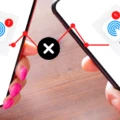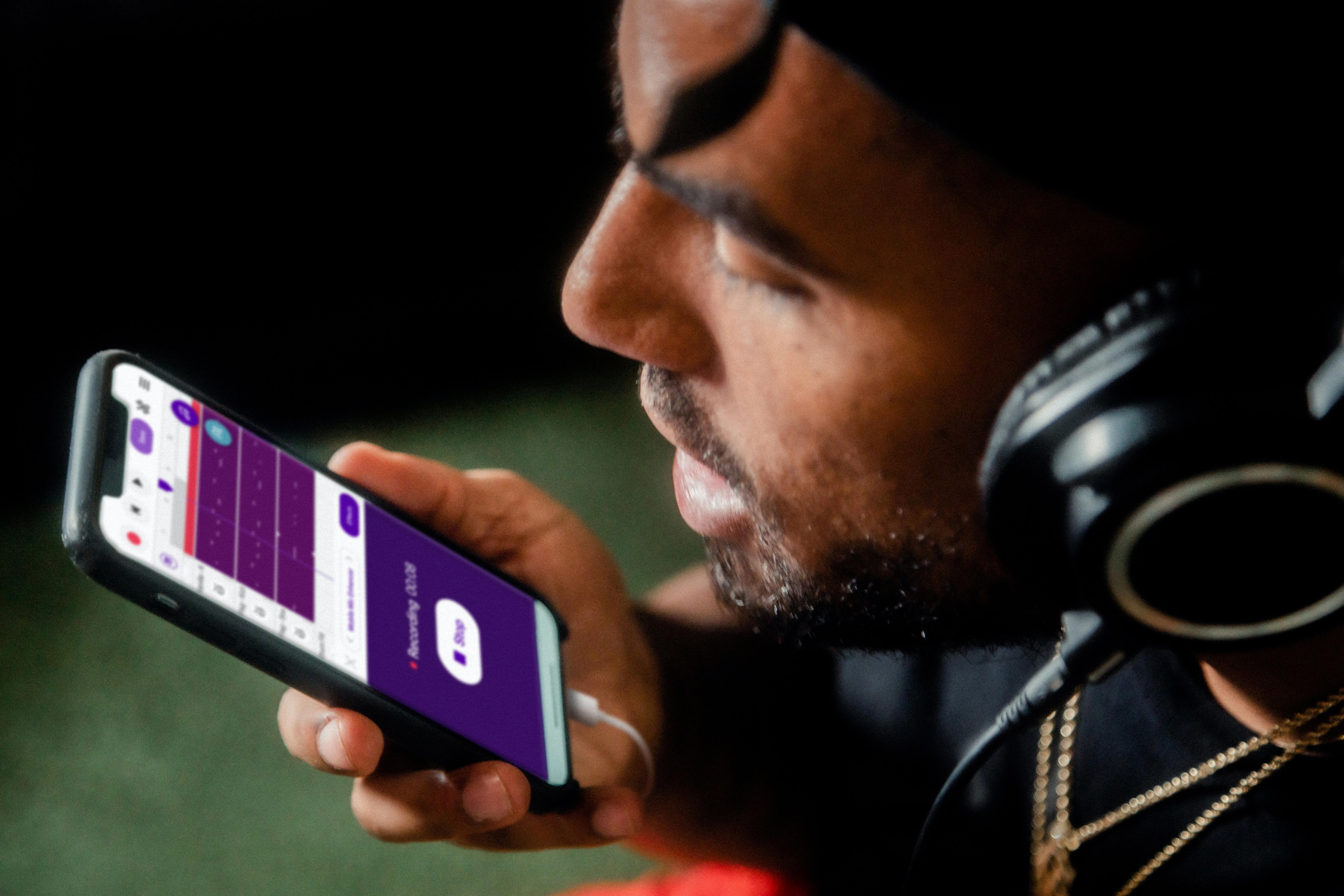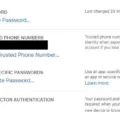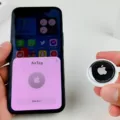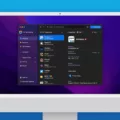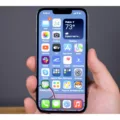AirDrop is a convenient feature available on Apple devices that allows users to wirelessly share files, photos, and more with nearby devices. However, it can be frustrating when AirDrop transfers are slow or seem to be stuck in a “Waiting” state. In this article, we will explore the possible reasons behind AirDrop slow transfers and provide troubleshooting tips to help you resolve the issue.
1. Distance Matters:
One of the common reasons for slow AirDrop transfers is being too far away from the receiving device. AirDrop relies on Bluetooth and Wi-Fi signals to establish a connection between devices. If the distance between the sender and receiver is too great, the signal strength may weaken, resulting in slower transfers or connection issues. To ensure optimal AirDrop performance, make sure the devices are within a reasonable proximity to each other.
2. Slow Wi-Fi Network:
Another factor that can contribute to slow AirDrop transfers is a slow or congested Wi-Fi network. If you are trying to share files on a network with limited bandwidth or multiple devices connected simultaneously, it can impact the transfer speed. Consider switching to a faster Wi-Fi network or disconnecting unnecessary devices to improve AirDrop performance.
3. Compatibility Issues:
AirDrop may also experience issues when trying to transfer files between devices running different versions of iOS or macOS. Ensure that all your Apple devices are up to date with the latest software updates. In some cases, certain older devices may not support the latest AirDrop features, leading to slower transfers. Updating the software can help resolve compatibility issues and improve performance.
4. Device Settings and Status:
Before troubleshooting AirDrop, it’s important to ensure that your device settings are properly configured. Make sure that Wi-Fi and Bluetooth are turned on in the Control Center on your iPhone, iPad, or Mac. Additionally, ensure that your iPhone is unlocked and that the display is on when trying to receive files via AirDrop. If your device is locked or powered off, it won’t appear as an available device for AirDrop transfers.
5. Restart Wi-Fi and Bluetooth:
A simple yet effective solution to fix AirDrop issues is to restart Wi-Fi and Bluetooth on both the sending and receiving devices. Open the Control Center and toggle off Wi-Fi and Bluetooth, then toggle them back on. This action can help refresh the wireless connection and resolve any temporary glitches that may be affecting AirDrop transfers.
AirDrop slow transfers can be attributed to various factors such as distance, slow Wi-Fi networks, compatibility issues, and device settings. By ensuring that your devices are within range, connected to a stable network, up to date with the latest software, and properly configured, you can improve AirDrop performance. If issues persist, consider reaching out to Apple support for further assistance.
Remember, troubleshooting may require a combination of these solutions, and it’s important to experiment and find what works best for your specific situation. With patience and persistence, you can overcome AirDrop waiting and enjoy seamless file sharing on your Apple devices.
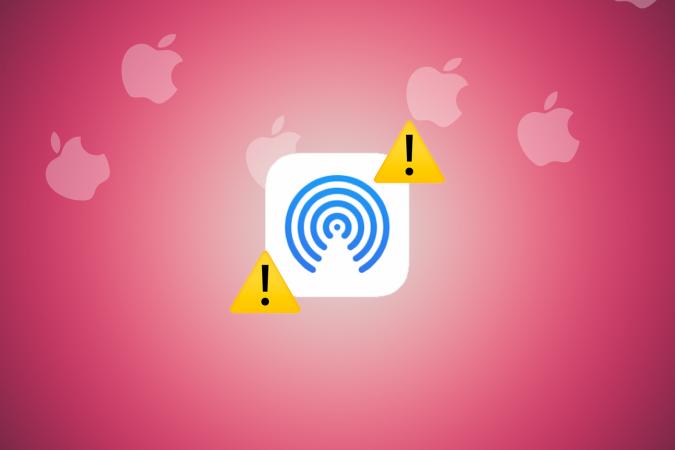
Why Is My AirDrop Taking So Long?
There can be several reasons why your AirDrop transfer is taking longer than expected. Here are some possible explanations:
1. Distance: If you are too far away from the receiving device, it can result in a slower transfer speed. AirDrop uses Bluetooth and Wi-Fi for data transfer, and the signal strength decreases with distance. So, try to get closer to the receiving device to improve transfer speed.
2. Slow Wi-Fi network: If you are using AirDrop over a slow Wi-Fi network, it can significantly affect the transfer speed. Check if your Wi-Fi network is experiencing any issues or if there are other devices consuming a lot of bandwidth. Connecting to a faster and more stable Wi-Fi network can help speed up the transfer.
3. Incompatible devices or software versions: AirDrop may have compatibility issues between different versions of iOS or macOS. Ensure that both the sending and receiving devices have the latest software updates installed. This can help in resolving any compatibility problems and improve transfer speed.
4. Large file size: If you are trying to transfer a large file, it can naturally take longer to complete the transfer. Large files require more time to process and transmit, so be patient if you are transferring a substantial amount of data.
5. Interference: AirDrop uses both Bluetooth and Wi-Fi signals, and interference from other devices or wireless networks can affect its performance. Make sure there are no other devices nearby that could cause interference, such as other smartphones, laptops, or wireless routers.
6. Device settings: Check if the AirDrop settings on your device are configured correctly. Make sure AirDrop is enabled and set to either “Contacts Only” or “Everyone,” depending on your preference. This ensures that your device is discoverable by other AirDrop-enabled devices.
By considering these possible reasons, you can troubleshoot and identify the cause of slow AirDrop transfers.
Why Is My IPhone Not Receiving Airdrops?
There can be several reasons why your iPhone may not be receiving AirDrop:
1. Wi-Fi and Bluetooth: AirDrop requires both Wi-Fi and Bluetooth to be enabled on your iPhone. Ensure that both of these settings are turned on. You can check this by going to the Control Center or navigating to Settings > Wi-Fi and Settings > Bluetooth.
2. Device Compatibility: AirDrop is supported on iPhone 5 or later models, iPad (4th generation) or later models, iPad mini, and iPod touch (5th generation) or later models. Make sure your device is compatible with AirDrop.
3. Software Updates: Ensure that all your Apple devices, including your iPhone, iPad, and Mac, are running the latest version of their respective operating systems. Outdated software may cause compatibility issues with AirDrop.
4. Device Unlocked: Your iPhone must be unlocked and active for AirDrop to work. If your iPhone is locked or in sleep mode, it may not receive AirDrop requests. Make sure your iPhone is awake and unlocked.
5. AirDrop Visibility: AirDrop offers three visibility options: “Everyone,” “Contacts Only,” and “Off.” If your iPhone is set to “Contacts Only,” it will only receive AirDrop requests from people in your contacts. Ensure that your AirDrop visibility is set to “Everyone” to receive requests from all nearby devices.
6. Restart Devices: Sometimes, a simple restart can resolve connectivity issues. Try restarting your iPhone, iPad, and Mac and then try AirDrop again.
7. Firewall or VPN Settings: If you have a firewall or VPN enabled on your iPhone or Mac, it may interfere with AirDrop. Temporarily disable any firewall or VPN settings and check if AirDrop works.
If none of these solutions work, you may need to contact Apple Support for further assistance or consider resetting your network settings.
Why Is My AirDrop Not Working?
There can be several reasons why your AirDrop may not be working. Here are some possible causes and troubleshooting steps to resolve the issue:
1. Compatibility: Ensure that both your device and the recipient’s device are compatible with AirDrop. AirDrop is available on iPhone 5 or later, iPad (4th generation) or later, iPad mini, and iPod touch (5th generation) or later. On Mac, AirDrop requires a 2012 or later model running OS X Yosemite or later.
2. Bluetooth and Wi-Fi: AirDrop uses both Bluetooth and Wi-Fi to establish a connection between devices. Make sure both Bluetooth and Wi-Fi are enabled on both devices. You can check this in the Control Center on iOS devices or the menu bar on Mac.
3. Distance: Ensure that you are within the range of the recipient’s device. AirDrop works best when devices are within 30 feet (9 meters) of each other. If you are too far apart, AirDrop may not work.
4. AirDrop visibility: On iOS devices, check if “Contacts Only” or “Everyone” is selected for AirDrop visibility. If you choose “Contacts Only,” make sure the recipient’s Apple ID is listed in your Contacts. On Mac, check if “Allow me to be discovered by” is set to “No One,” “Contacts Only,” or “Everyone” under AirDrop settings in Finder.
5. Firewall settings: On Mac, ensure that the firewall settings are not blocking AirDrop. Go to System Preferences > Security & Privacy > Firewall > Firewall Options and make sure “Block all incoming connections” is unchecked.
6. AirDrop restrictions: On iOS devices, check if AirDrop is restricted under Screen Time settings. Go to Settings > Screen Time > Content & Privacy Restrictions > Allowed Apps and make sure AirDrop is enabled.
7. Software updates: Ensure that both devices have the latest software updates installed. Outdated software can sometimes cause compatibility issues with AirDrop.
8. Restart devices: Try restarting both your device and the recipient’s device. This can help resolve temporary glitches and refresh the connection.
9. Reset network settings: On iOS devices, you can try resetting network settings by going to Settings > General > Reset > Reset Network Settings. Note that this will erase saved Wi-Fi passwords and other network settings.
10. Device storage: Check if both devices have sufficient storage space available. AirDrop requires enough free space to transfer files successfully.
If none of these steps resolve the issue, it’s recommended to contact Apple Support for further assistance.
Why Is My AirDrop Sending But Not Receiving?
There could be several reasons why your AirDrop is sending but not receiving. Here are some possible explanations:
1. Compatibility Issues:
– AirDrop requires both devices to be running on compatible operating systems. Make sure that both devices support AirDrop and are updated to the latest software versions.
– AirDrop is not available on older devices, so check if your devices meet the hardware requirements for AirDrop functionality.
2. Distance and Proximity:
– AirDrop works best when the devices are in close proximity to each other. Make sure that the devices are within 30 feet (9 meters) of each other.
– Objects such as walls, furniture, or other electronic devices can interfere with the signal. Try moving the devices closer together or removing any obstructions.
3. Wi-Fi and Bluetooth Connectivity:
– AirDrop uses both Wi-Fi and Bluetooth to establish a connection between devices. Ensure that both Wi-Fi and Bluetooth are turned on and functioning properly on both devices.
– Restarting Wi-Fi and Bluetooth on both devices can help resolve connectivity issues. Open Control Center on your iPhone, iPad, or Mac, and toggle off the Wi-Fi and Bluetooth icons. Then, turn them back on after a few seconds.
4. AirDrop Settings:
– Check the AirDrop settings on both devices. On iOS devices, go to Settings > General > AirDrop. On Mac, go to Finder > AirDrop. Make sure that AirDrop is set to receive files from either “Contacts Only” or “Everyone,” depending on your preference.
– If the AirDrop setting is set to “Receiving Off,” change it to “Contacts Only” or “Everyone.”
5. Firewall and Security Settings:
– Some security settings or firewall configurations may block AirDrop functionality. Check your device’s security settings and ensure that AirDrop is not being blocked.
– On Mac, go to System Preferences > Security & Privacy > Firewall > Firewall Options. Make sure that “Block all incoming connections” is not selected.
– On iOS devices, go to Settings > Screen Time > Content & Privacy Restrictions > Allowed Apps. Ensure that AirDrop is allowed.
6. Software and Network Issues:
– Sometimes, software glitches or network connectivity problems can affect AirDrop functionality. Restarting both devices and resetting network settings can help resolve these issues.
– On iOS devices, go to Settings > General > Reset > Reset Network Settings. Keep in mind that this will also remove saved Wi-Fi passwords.
– On Mac, go to System Preferences > Network > Wi-Fi > Advanced > TCP/IP > Renew DHCP Lease.
By checking these possible causes and following the suggested solutions, you should be able to troubleshoot and resolve the issue of AirDrop sending but not receiving files.
Conclusion
If you are experiencing slow transfers or encountering issues with AirDrop, there are several factors to consider. Firstly, ensure that you are within a reasonable distance from the receiving device, as being too far away can result in poor connectivity and slow file sharing. Additionally, check the speed of your WiFi network, as a slow network can significantly impact the transfer speed.
Another important aspect to consider is the compatibility between different versions of iOS or macOS. Incompatibilities can cause AirDrop to malfunction, so make sure that all your Apple devices are up to date with the latest software updates.
If AirDrop is not working on your iPhone, iPad, or Mac, first ensure that both WiFi and Bluetooth are turned on. Additionally, make sure that your iPhone is unlocked and that the device you want to receive files from is powered on. Restarting your devices after making any changes to your settings can also help resolve any issues.
Lastly, if you are still experiencing problems, a useful solution is to disable and re-enable Wi-Fi and Bluetooth. This can refresh the connections and potentially resolve any connectivity issues.
By following these troubleshooting steps, you should be able to overcome any difficulties you may be facing with AirDrop and enjoy seamless file sharing between your Apple devices.


